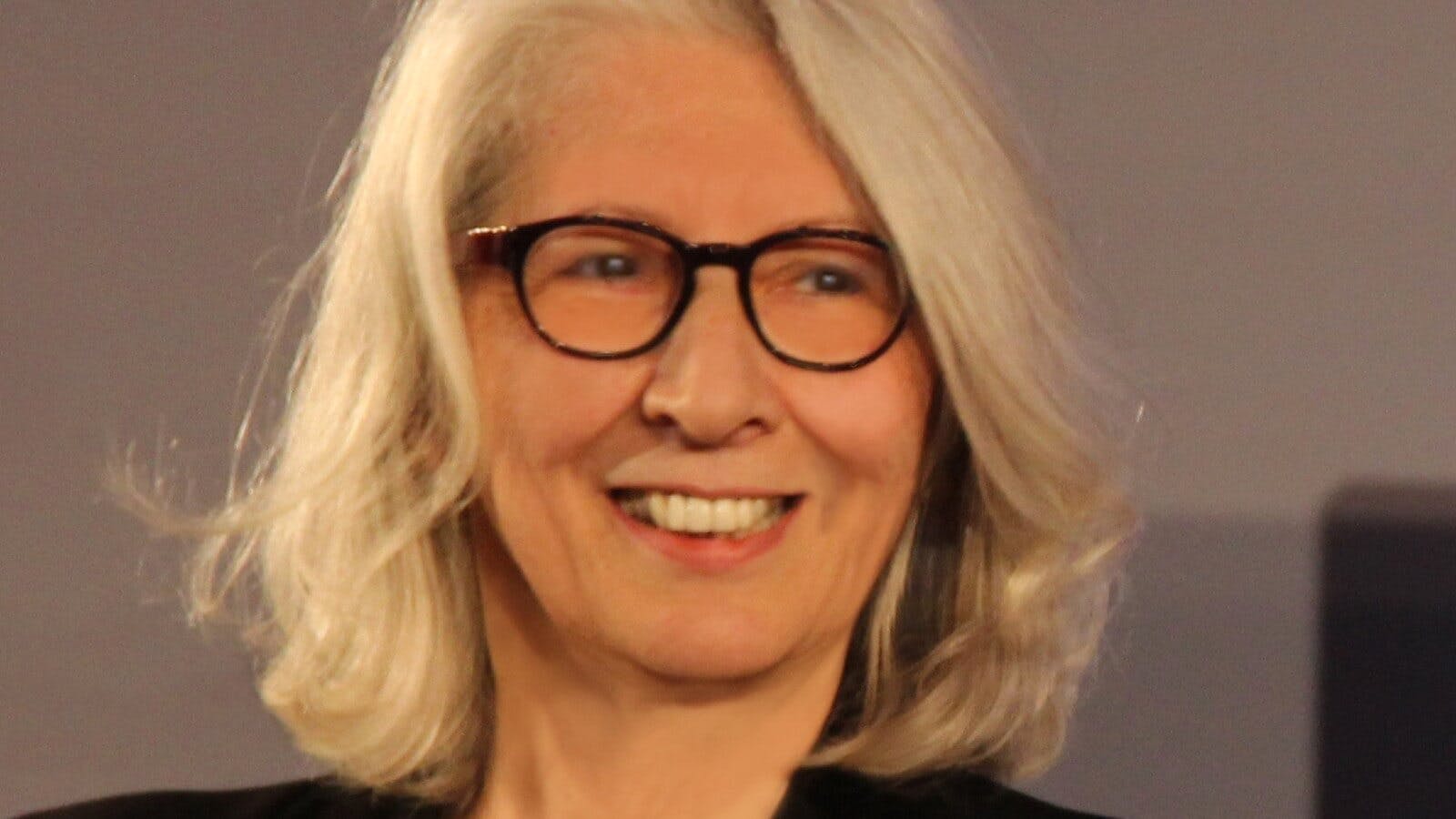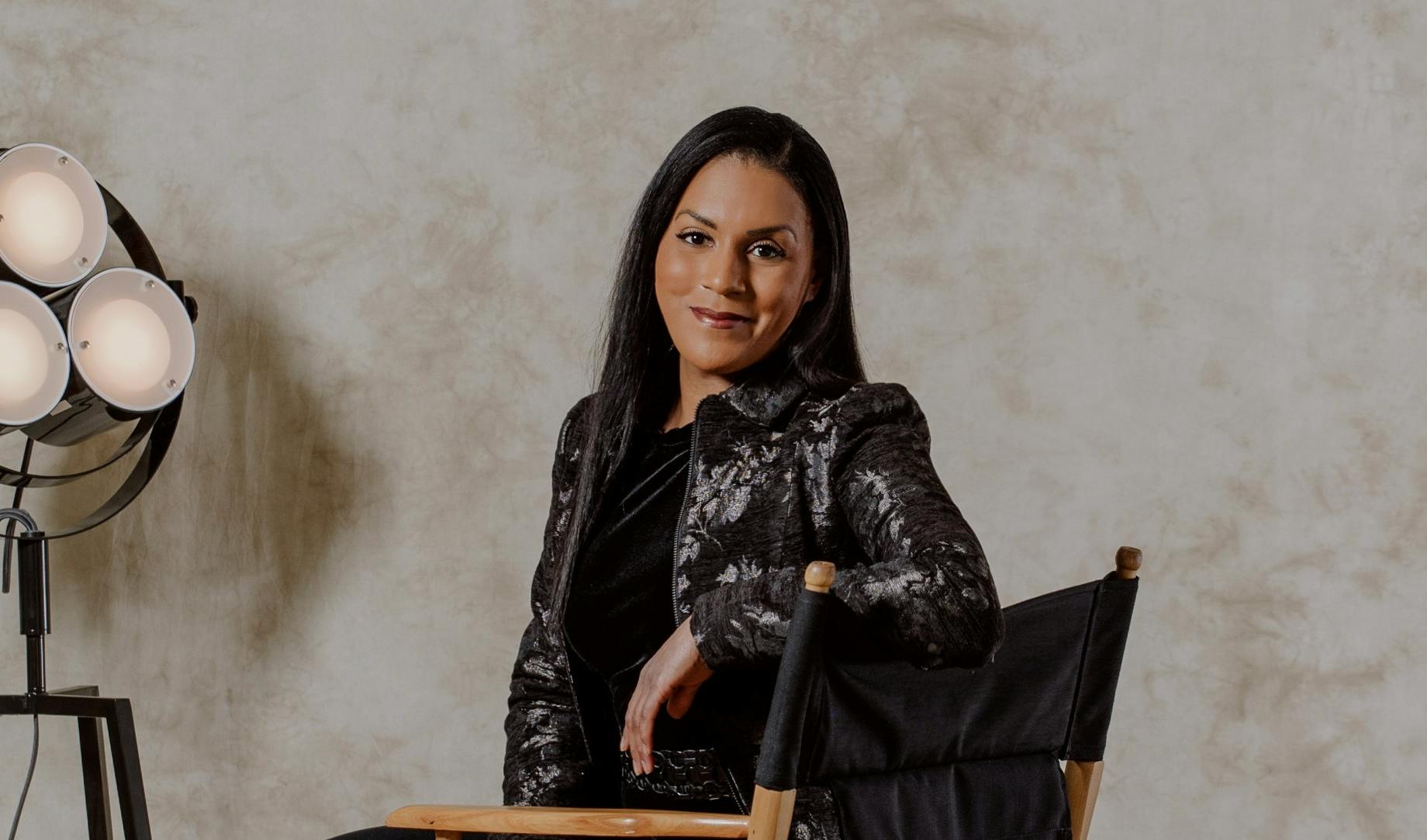
Saniye Gülser Corat on gender bias in technology and the importance of education
UNESCO's former Director for Gender Equality discusses board diversity and multicultural experiences.
Saniye Gülser Corat is an expert in gender equality. She served as UNESCO’s director for gender equality from 2004 to 2020, where her special campaigns included girls’ education, digital skills and gender bias in artificial intelligence (AI).
She sits on the boards of the Women’s Leadership Academy (China), Kobe University (Japan), UPenn Law School Global Women’s Leadership Project (USA), and Exponent, a global gender equality incubator.
This interview is part of our collaboration with WomenExecs on Boards (WEoB), a global network of Harvard Business School-prepared women with corporate board, C-suite and/or senior executive experience. The alliance will further diversify the Nurole network and connect WEoB’s highly-qualified members with organisations that need their skills and experience.
How have you found the experience of trying to secure board-level positions so far?
It has been a challenging and somewhat frustrating experience. It seems that there is a disconnect between the stated preferences of corporate boards and the selection criteria they apply to prospective candidates. On the one hand, companies laud the importance of diversity and would like to benefit from the positive impact of having people with different skills and outlooks. Yet, when it comes to recruitment, the most common and sought-after skills focus on financial (including audit) and legal expertise and recent/current CEO or CFO-level management experience. This latter criterion effectively rules out most women and people of colour as lack of diversity, particularly based on gender and ethnicity, is also a fact for the C-suite experience.
This in turn justifies the lack of diversity on boards as companies and some search firms then claim that they cannot find eligible/qualified women and people of color. This vicious cycle is difficult to break as long as boards continue to operate with a well-defined set of skills that value financial/legal expertise and/or C-suite experience and do not proactively look for other skill sets such as cultural fluency, multi-disciplinary expertise, multilateral and international experience.
Alongside the bigger systemic issues around gender bias, what are the small ways in which it impacts you as a highly qualified woman?
As the most common aspect of gender bias is possibly the unconscious desire to be surrounded by people who sound, look and act like oneself, one could extrapolate from that and make the argument that most senior managers and board members would like to see their own qualifications and experiences in prospective members.
As I explained above, even if the expressed intent is different, this serves to exclude people with different professional qualifications and life experiences. For instance, having steered a large UN agency towards adopting gender equality as one of its two global priorities is considered a momentous achievement in international organization circles. But this might not mean much to a high-tech company’s board and senior management. That this was accomplished with meager resources makes it even more special in a multilateral context, but a corporate board might see this as indicative of lack of financial management expertise.
When one uses selection criteria that closely reflect one’s own, it is almost inevitable that the end result is selecting people from the same class, gender, ethnic, professional and academic background. Unfortunately, in this context, one also fails to note that this built-in bias that makes one interpret every qualification, professional experience and achievement from one’s own prism.
You’ve specialised in education - how important is it that we prepare girls for top leadership positions from a young age?
It is critical. How we are raised and socialized, the images and symbols with which we are surrounded with growing up and what we are taught help us form a certain view of the world and, as importantly, a certain view of ourselves. We ascribe different roles and expectations to different genders. While there are contextual differences and specificities depending on which part of the world you live in, there are also common elements and unfortunately, underrepresentation of women in leadership positions is a common element in all spheres and walks of life from politics to the private sector.
This underrepresentation has many effects and one of them is the importance of providing role models to young girls. Let me explain this with two examples. Before Ellen Johnson Sirleaf became Liberia’s 24th President (and first democratically elected woman President), during her campaign, she kept asking young girls their aspirations and career choices and almost all responded with traditional gendered professions such as nurse or teacher. When she asked the same question while campaigning for her second term, a substantial number of young girls expressed their desire to become the President. Just by being there, she made it achievable and accessible, and something they could aspire to.
My second example involves the grandson of a former female President of a Nordic country. This young boy was born during the Presidency of his grandmother. When the boy was five, he saw Barack Obama on TV and asked who he was. Upon learning that he was the President of the US, he was astonished that men could also become President. In his personal experience only women could be a President, just like his grandma.
In other words, our prejudices and biases are the result of our life experiences which provide us with our personal outlook. The more gender-aware a young person is, the less likely they will have negative gender biases in life. If school curricula were designed with that objective in mind, life would be quite different for women and girls.
Do most people have enough awareness about gender bias in technology, and how big an issue it is?
When I tackled the issue of gender bias in AI algorithms in our UNESCO report entitled “I Would Blush if I Could” that was published in March 2019, both the general public and the media were genuinely taken aback. It had not occurred to most of them to question why digital assistants were largely female with a very submissive and docile personality. The title of our report came from an oblique answer Siri gave to an overtly sexual suggestion. The underlying algorithm was not programmed to question the man who made the suggestion. She could only say that.
People also did not think how a daily interaction with such a female presence might alter our view of women. We found that many young men expected the same deference from their partners and female colleagues.
The relevance of our study was not in pointing out the clear gender bias in giving digital assistants a female identity but in highlighting the programming choices made (usually by young men) in designing these personas. The same bias was found in a recent study in Australia where male and female recruiters were given the CVs of actual professionals with male and female names. They consistently gave higher marks to male candidates. When the names were swapped again, the same pro-male bias remained. The same group of recruiters were then asked to provide the criteria for an HR algorithm to pre-select candidates and the resulting program reflected exactly the same pro-male bias.
Sometimes, you don’t even need biased human programmers. A machine learning HR tool at Amazon routinely excluded or downgraded women applicants because the data set it used to learn from was largely composed of men. It taught itself that men were more desirable.
It is not just in high-tech, you see this in all fields. As crash test dummies were modeled after a 170cm man, the driving environment was designed for such a person. Women are usually shorter and as a result, to reach the pedals they have to sit closer to the steering wheel. Unsurprisingly, in an accident, female fatalities are much higher. Also, until very recently, there were no pregnant crash test dummies.
Gender bias in technology is a serious issue that needs to be addressed in an intentional and systematic manner.
What do boards need to think about post hiring to make sure women feel included and able to contribute as meaningfully as possible?
I don’t think it is possible to provide them with a dos and don’ts guideline. Not only would it not work but it would lead to resentment and backlash. The only practical suggestion I can give is to avoid hiring one or two women and people of colour to prove that they achieved diversity. And please do not hire a woman who also happens to have a non-white ethnic background and identifies as gender-fluid to tick all the boxes for diversity. Tokenism never works.
What boards should do is to acknowledge that given their life experiences and the obstacles they have to overcome to get where they are, women develop a different outlook. Their take on risk, option and strategy evaluation are quite different than men. If they are given the opportunity and a position at the table (instead of tokenism) their perspective helps companies make the right decisions and develop profitable roadmaps.
This fact is empirically established: companies with three or more women on their boards have higher long-term profitability. The same is also true of companies with a larger percentage of women occupying senior management positions. Similar studies also exist documenting the benefits of other diversity elements.
If companies had genuine corporate cultures that value diversity, they would find a way to make it happen.
What is the main thing you learned in your career that would be a huge asset to any board you sat on?
I spent most of my career in multicultural environments with colleagues from all walks of life and every hues of culture. These days, the term cultural fluency is used rather frequently and sometimes unjustifiably. To hear, understand and respect other points of views and cultural perspectives is a long journey that requires self-discipline, care and attention. I have visited and worked in over 50 countries in Africa, Asia and Latin America, not to mention Europe and Middle East.
Before I set foot in a country, I always studied their recent history and learned about their habits and priorities. But being aware that the material I read was prepared by someone like me, once there, I remained attentive to their habits, suggestions, contributions and criticisms. From a Senegalese single mother to a Bangladeshi water specialist, I never met anyone from whom I didn’t learn something new and valuable. It might be a fashionable truism now, but you do not learn much from people who look, talk and think like you. Understanding new cultural perspectives gives you a richer and layered outlook and enables you to see possibilities, pitfalls and unexpected occurrences that are invisible to most people.
The long process of acquiring cultural fluency had a side benefit. I learned how to truly listen to other people. It sounds simple but most people prefer their internal monologue to listening to others. Listening to others and hearing what they meant to convey is probably the most important skill in life. It enables you to acquire new knowledge even when it is not skillfully delivered.
The same process also taught me that life happens differently to men and women: everything is gendered. A flood, a famine, a displacement, a professional success, an education, a birth, everything is experientially different for men and women. A company should be aware of that in everything it plans, produces and markets.
Nurole provides best-in-class hiring for forward-thinking boards. We blend the power and reach of technology with a very human understanding that every role, every organisation and every candidate is different. Contact us to discuss your next hire or find out more about becoming a member here.






